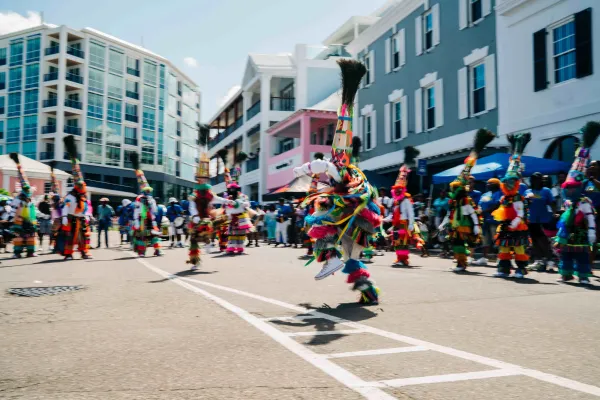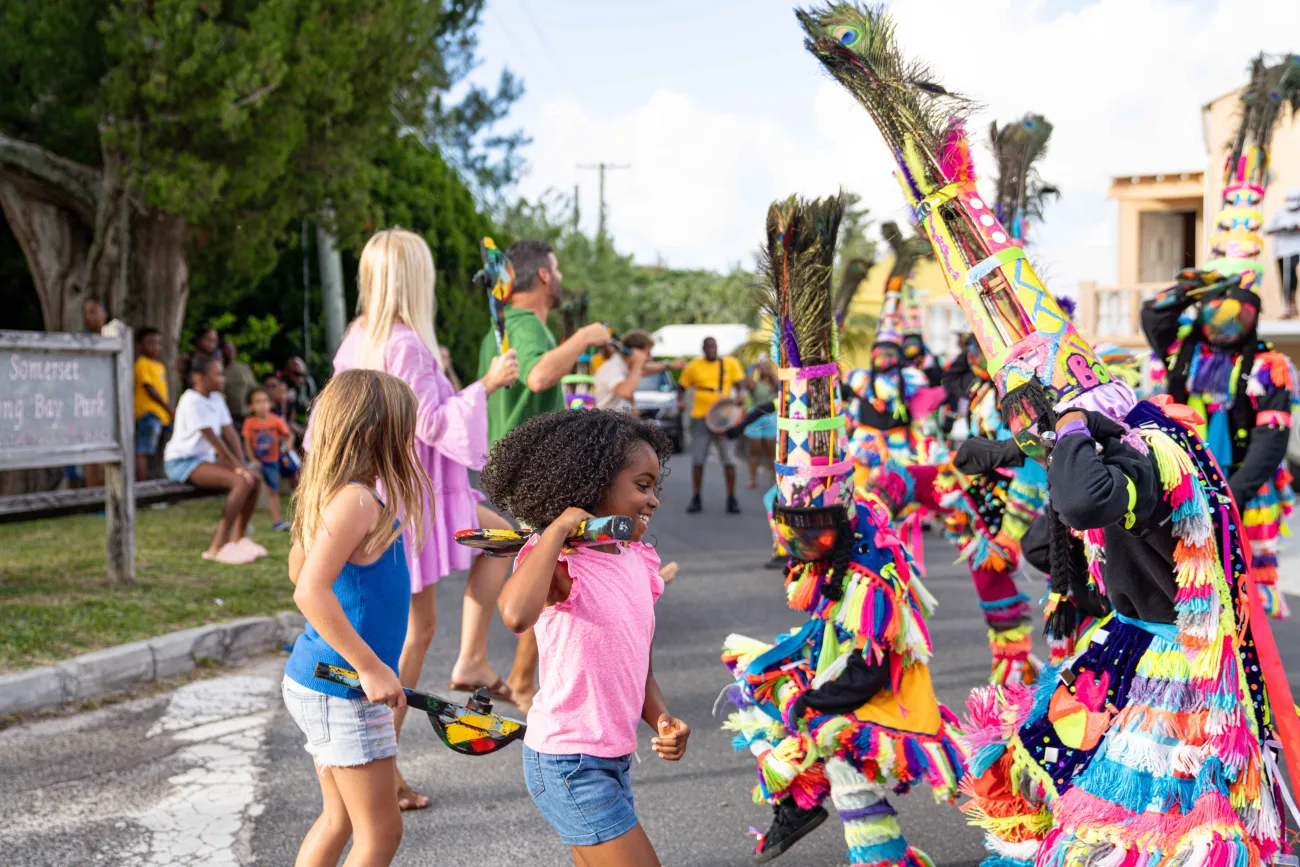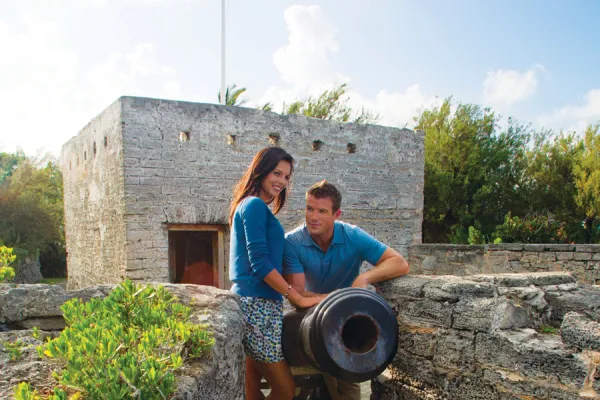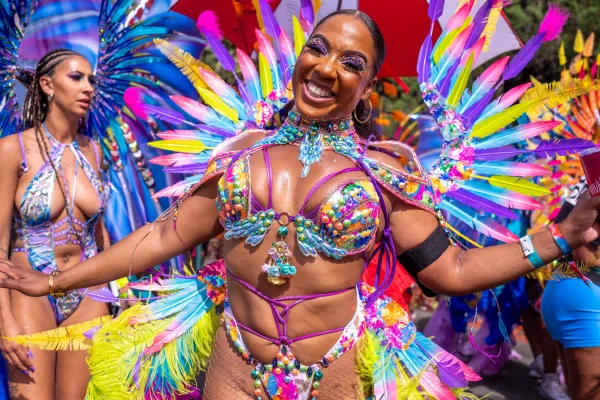The beat of drums echoes through Bermuda's streets as masked dancers whirl about in brilliant costumes adorned with feathers, bells, mirrors, and flowing capes, their movements narrating stories of resistance, resilience, and celebration. The traditions of Gombey dancers have evolved from covert acts of rebellion into one of Bermuda's most treasured cultural displays.
Today, these performances blend the whistle calls of captains, the hypnotic rhythms of traditional and military drums, and the acrobatic choreography of dancers whose elaborate headdresses and painted masks transform them into living embodiments of the island's soul.
More than entertainment, the tradition of Gombey dancing is a living bridge between past and present, where every step, costume detail, and drumbeat encapsulates a deep history while celebrating the unbreakable spirit of Bermudian culture – making it an unmissable experience for anyone looking to understand the true heart of Bermuda.
The History of the Gombeys
During the era of slavery in Bermuda, enslaved Africans were reportedly given a few days off from their labours during the Christmas season. To celebrate, they gathered with their loved ones and danced. Because their songs and dances critiqued or mocked their enslavers, dancers wore masks and face coverings to stay anonymous. With Gombey dancing’s bold, rebellious displays and its inherent nature of gathering enslaved Black people in large groups, the British colonial authorities historically restricted these gatherings for fear of uprising.






